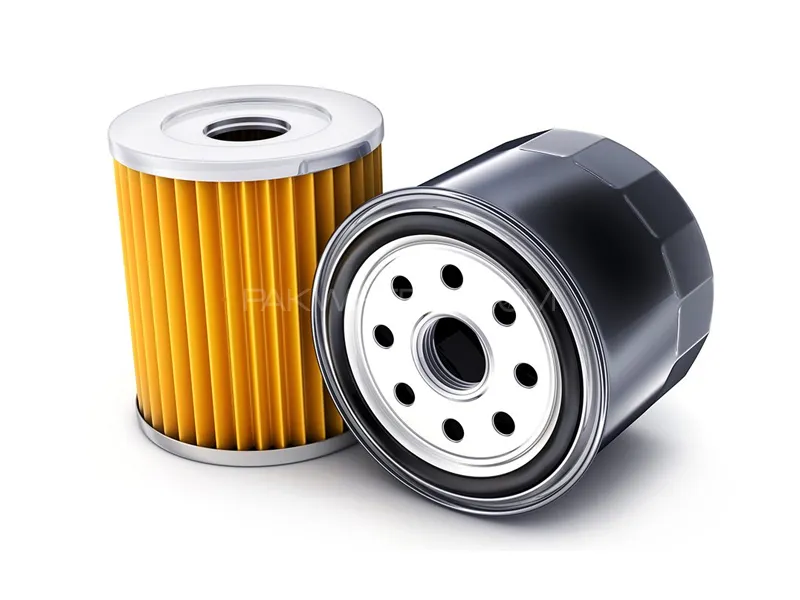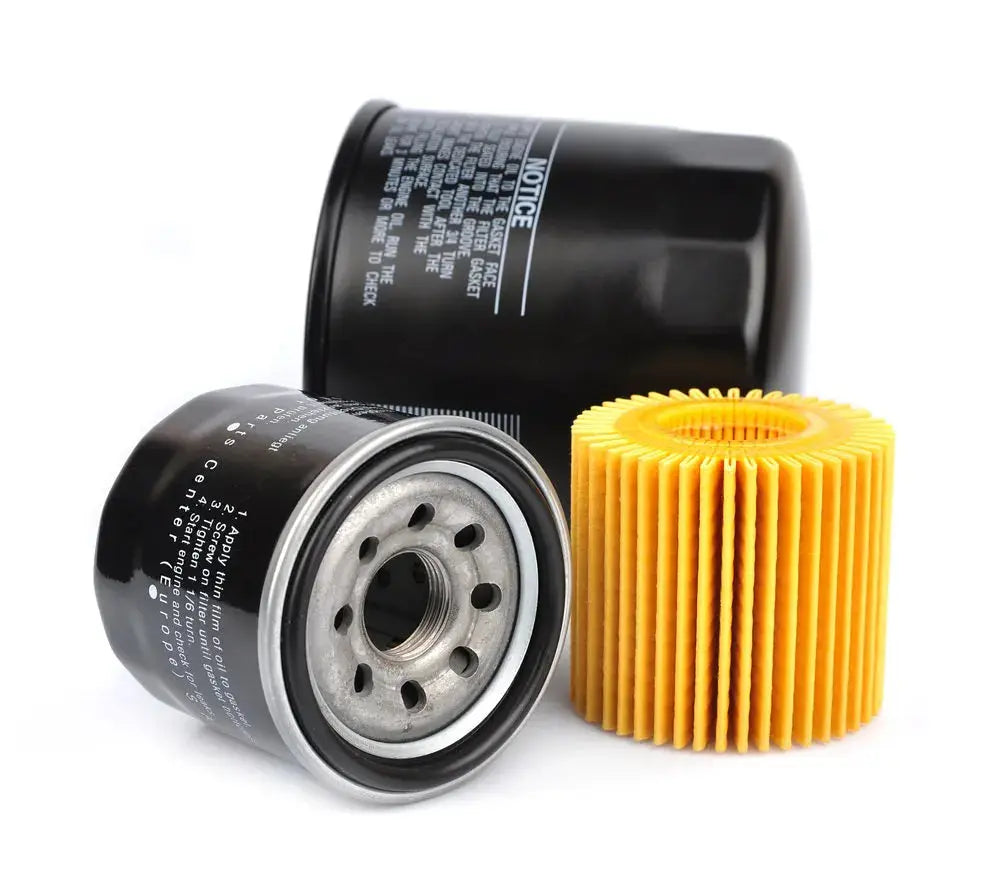Orders Above £25 free Delivery
Quality made brands
Orders Above £25 free Delivery
Quality made brands
Search by registration number
VIN number / Chasis number
The oil filter is the engine’s first line of defense against contaminants. Proper understanding of types, fitment, maintenance intervals, and symptoms of failure helps maximize engine life and performance.



The oil filter removes particles, sludge, and contaminants from engine oil as it circulates, ensuring clean lubrication of internal components. A properly functioning filter prevents premature wear, maintains oil flow, and supports engine cooling and efficiency.
Fitment depends on vehicle make, model, engine type, and filter mounting style. Always verify:
Oil filters should be replaced every oil change or per the vehicle manufacturer’s interval—typically every 5,000 to 15,000 km / 3,000 to 10,000 miles depending on oil type, driving conditions, and filter quality.
The oil filter plays a critical role in protecting your engine. Regular replacement with the correct, high-quality filter ensures consistent lubrication, prevents premature wear, and keeps performance optimal.